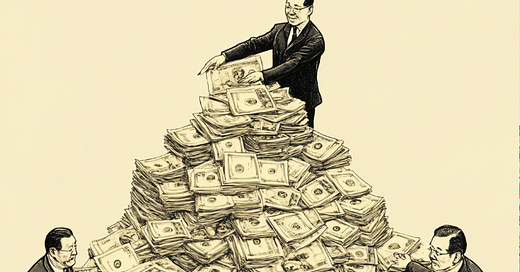How Economic Freedom Gave Birth to Chinese Deficit Spending
Calls increase for driving China's deficit ratio above the 3% threshold
Keep reading with a 7-day free trial
Subscribe to China Banking News to keep reading this post and get 7 days of free access to the full post archives.




